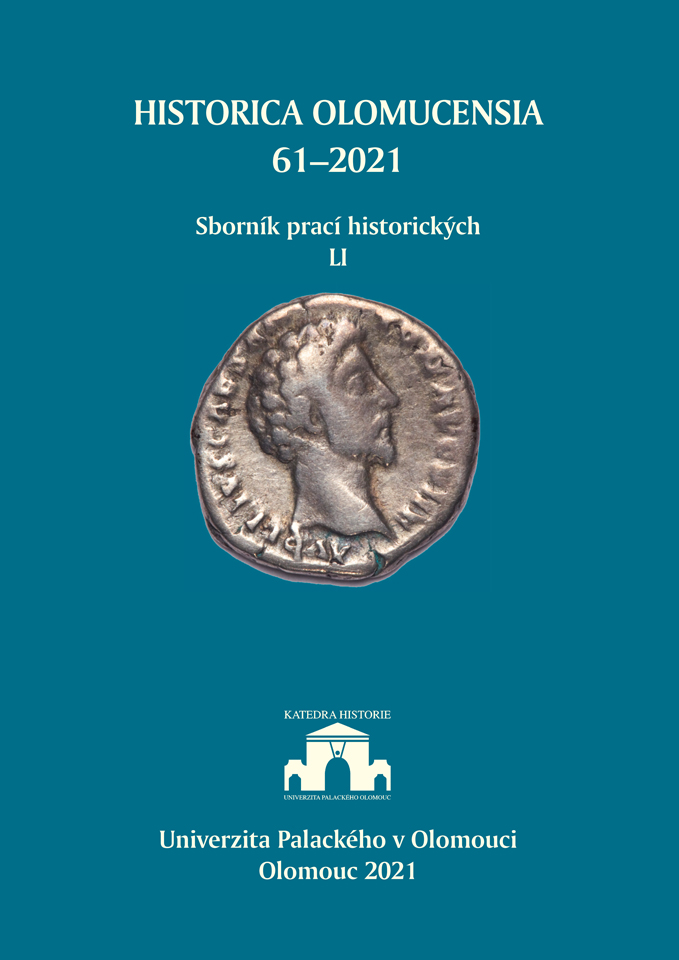K problematice misijního působení Konstantina a Metoděje a vzniku a vývoje Metodějovy velkomoravské arcidiecéze
The Missionary Activities of Constantin and Methodius and the Establishment and Development of Methodius’ Archdiocese of Great Moravia
Author(s): František MusilSubject(s): History, 6th to 12th Centuries, History of Religion
Published by: Univerzita Palackého v Olomouci
Keywords: Great Moravia; Nitra; Constantine (Cyril) and Methodius; Wiching; Diocese; Bishop; Archbishop; the Pope; Mission; Canon law; Liturgy; Old Slavonic;
Summary/Abstract: The study focuses on the missionary activities of Constantine and Methodius in which Old Slavonic was used. The success of these activities raised interest in these missionaries even from the Papal Court. The missionaries were invited here by Pope Nicholas I and subsequent negotiations were led by his successor Adrian II, who approved their missionary activities in Old Slavonic and promoted Methodius to an Archbishop with an archdiocese that, in accordance with canon law (being the work of Christ, no diocese may cease to exist), was a continuation of the defunct ancient Pannonian diocese seated in Sirmium. In accordance with this law, this diocese was understood as a vacant one, and the Pope himself could appoint its bishop or archbishop. This led to opposition from the episcopate of East Francia, which considered this territory part of the Salzburg archdiocese based on secular law (a diocese ceases to exist after a certain period of inactivity, and the ruler of the territory in which the defunct diocese or archdiocese is located may decide about its new church organisation). The Franks also carried out attacks upon Methodius who was even imprisoned for two and a half years by the bishops of East Francia, and was only released following an intervention from the Pope. Methodius successfully defended his own position and eventually settled permanently in Great Moravia under Svatopluk’s rule. The precise location of his seat is, however, unknown. Following Methodius’s death in 885, the administration of his entire diocese was in all probability assumed by the Nitra bishop Wiching, an adversary of Old Slavonic liturgy. Wiching initiated persecution of supporters of the liturgy in Old Slavonic and forced them to leave the country. Eventually, while Wiching was already in the services of King (later Emperor) Arnulf, he left the archdiocese, which resulted in the collapse of the church organisation in Great Moravia. An attempt at restoring it was conducted by the new ruler of Great Moravia Svatopluk II (the son of Svatopluk I), who asked Pope John IX to settle the church organisation. At his behest, an archdiocese and three subordinate dioceses were established in the territory claimed by the Passau diocese. This resulted in an aggressive reaction directed against Great Moravia from the Bavarian clergy, expressed in its letter to Pope John IX, probably written in the year 900, when Central Europe was facing the imminent threat of a Magyar invasion. The result of the invasion was the fall of Great Moravia and its church organisation. A new church organisation in Central Europe began to develop under entirely different conditions that call for further investigation and analysis.
Journal: Historica Olomucensia. Sborník prací historických
- Issue Year: LI/2021
- Issue No: 61
- Page Range: 13-39
- Page Count: 27
- Language: Czech

